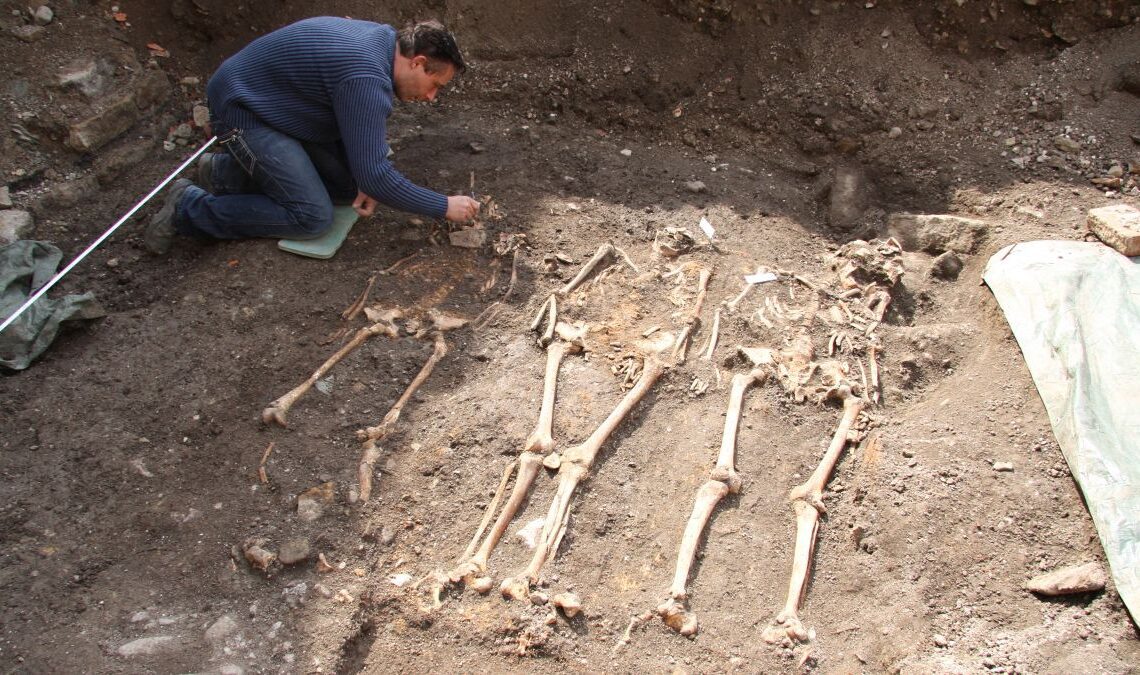A rare look at the genetics of Ashkenazi Jews who lived in medieval Germany reveals this group had more genetic diversity 600 years ago than today, and reaffirms a recent finding that a “genetic bottleneck” in the Ashkenazi population occurred before the Middle Ages.
Religious laws usually prohibit any such research into the Jewish dead, but scientists worked with the region’s modern Jewish community to find a workaround: They studied the centuries-old DNA in detached teeth unearthed in the burials recovered from excavations in Erfurt, a town in central Germany, according to a study published Nov. 30 in the journal Cell (opens in new tab).
Teeth do not have the same religious significance as the other human remains, which means they can be scientifically studied. “The teeth have less importance,” Shai Carmi (opens in new tab), a population geneticist at the Hebrew University of Jerusalem, told Live Science. “The rest of a body needs to be reburied and cannot be destroyed; but based on Jewish law, the teeth do not need to be reburied — they are considered external to the body.”
So far, the workaround applies only to the German state of Thuringia, but Carmi is hopeful that the team’s solution will set a precedent for genetic studies of ancient Jewish populations elsewhere.
Related: Why are teeth not considered bones?
Medieval Jewry
The Jewish cemetery at Erfurt served its medieval population from the late 11th century until 1454, when Jews were expelled from the city. Erfurt had been home to a thriving Jewish community (opens in new tab) until that time, although a brutal massacre in 1349 killed more than 100 Jews in the city, possibly because they were incorrectly accused of being responsible for the Black Death.
After the 1454 expulsion, a barn and a granary were built on the site of the Jewish cemetery. Centuries later, in 2013, archaeologists unearthed 47 Jewish graves during an archaeological excavation ahead of the site’s redevelopment into a multistory parking garage, Carmi said. In 2021, the remains of these individuals were reburied in a 19th-century cemetery used by the local Jewish community, according to the study.
Click Here to Read the Full Original Article at Livescience…

